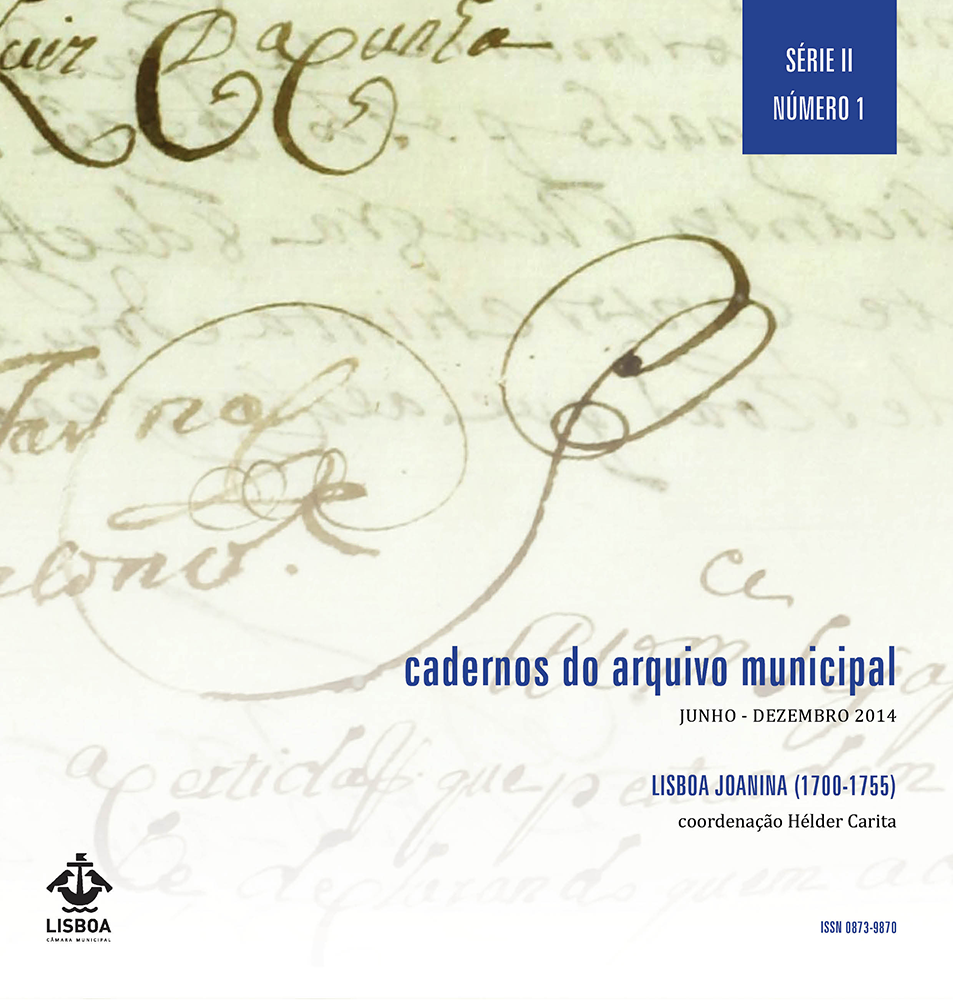Between candlesticks, vases, busts of saints and statues of apostles: cerimonial and baroque pomp at the main altar of the Patriarchate Basilica of Lisbon
DOI:
https://doi.org/10.48751/CAM-2014-1309Keywords:
Patriarchate Basilica, Ceremonial, Altar, Silver, King John VAbstract
The Patriarchate Basilica – originally the Royal Chapel that was elevated in 1716 through Pope Clement XI papal bull – is in itself as one of the most emblematic and significant buildings of king John V Lisbon, both because of its physical characteristics and location in the context of the city, but also for the meaning that it assumed in the troubled relationships between Portugal and the Holy See during his reign. This building was subject to a growing attention from the monarch, which, of course, also meant a increasingly artistic enrichment of space with works of art, and a growing investment in the ceremonial preparation and sophistication, intended to be performed in the image of the pontifical city.
This paper will discuss the measures taken to assure this ceremonial was performed in the papal way and also the silver pieces used. Ceremonial and silver both having their origin in Rome, the admired pontifical city.
Downloads
Downloads
Published
How to Cite
Issue
Section
License
Copyright (c) 2014 Teresa Leonor M. Vale

This work is licensed under a Creative Commons Attribution-NonCommercial 4.0 International License.
The authors retain copyright and grant the journal the right of first publication, with the work simultaneously licensed under the Creative Commons Attribution License CC BY-NC 4.0 which allows sharing and adapting the text as long as its authorship is correctly attribbuted with recognition of the initial publication in this journal.









